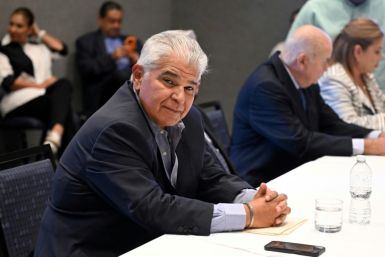Australian Automotive Industry Gears for Change
Australia is one of only 13 countries where cars are designed and manufactured. The three large car manufacturers are Ford, Toyota and General Motors, while the three large truck manufacturers are Volvo, Kenworth and IVECO.
Manufacturing sector powers on
Australia has sophisticated production capacity in many areas. Holden exports engines to Korea, PBR International Ltd exports braking systems to the United States, Schefenacker exports mirrors to North America and Japan, Air International exports heating, ventilation and air conditioning products to North America, Unidrive exports propeller shafts to the United States and Robert Bosch exports anti-theft systems worldwide.
The skills used in making Australian cars spill over into mining and aerospace. 300,000 people are employed in automotive manufacturing, which is four percent of the Australian workforce. It is the largest manufacturing sector in the country.
What's the future for the industry?
One encouraging piece of automotive news came recently when the industry predicted that more than the psychologically-important figure of one million vehicles would be sold in 2012. The Holden Commodore, made in Australia, was the most popular car from 1996 to 2010, but was eclipsed by the Mazda3, and may never reclaim its top position as new car-buyers continue to shun large, family cars.
Ian Chalmers, the CEO of the Federal Chamber of Automotive Industries, said that consumers were increasingly gravitating towards small, economical cars suited to cities. Only 10 years ago, almost a quarter of vehicles sold within Australia were of the large car category, but in 2011, they were only one in 13. Chalmers said, however, that he did not expect the number of car manufacturers in Australia to fall.
Chalmers also said that Australia's car industry was becoming more flexible and responsive. The introduction of a carbon tax will cost the industry between $30 million and $50 million, but Chalmers added that the cost would mostly be absorbed by manufacturers rather than consumers. David Buttner, executive vice president of Toyota, said the cost would be around $115 per vehicle, which would cost $20 million, but it could be coped with through better efficiency. What is necessary, he said, is "utilisation of every resource we have."
Overseas competition
The Australian dollar is strong, car sales are falling and there is increased competition from overseas. In July, Ford announced 440 job losses at its Broadmeadows and Geelong plants, which is 15 percent of its workforce, and will reduce production by 29 percent. A week later, car parts supplier, CMI Industrial, announced the closure of two factories in Melbourne, which would cost 119 workers their jobs.
Government support
The Bush and Obama administrations threw tens of billions of dollars at their country's automotive industry, saving General Motors and Chrysler from bankruptcy. The Australian government is giving $5.4bn to the domestic industry to safeguard jobs. It could assist the industry further through reducing or eliminating GST and reducing registration costs for locally-made vehicles, giving more R&D tax credits and introducing significant tax credits for exports. Fortunately, political support for protection of the industry is mostly bipartisan.






